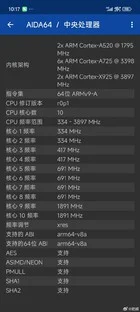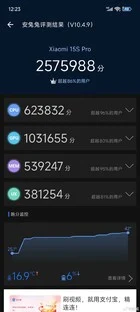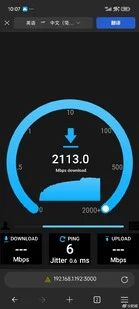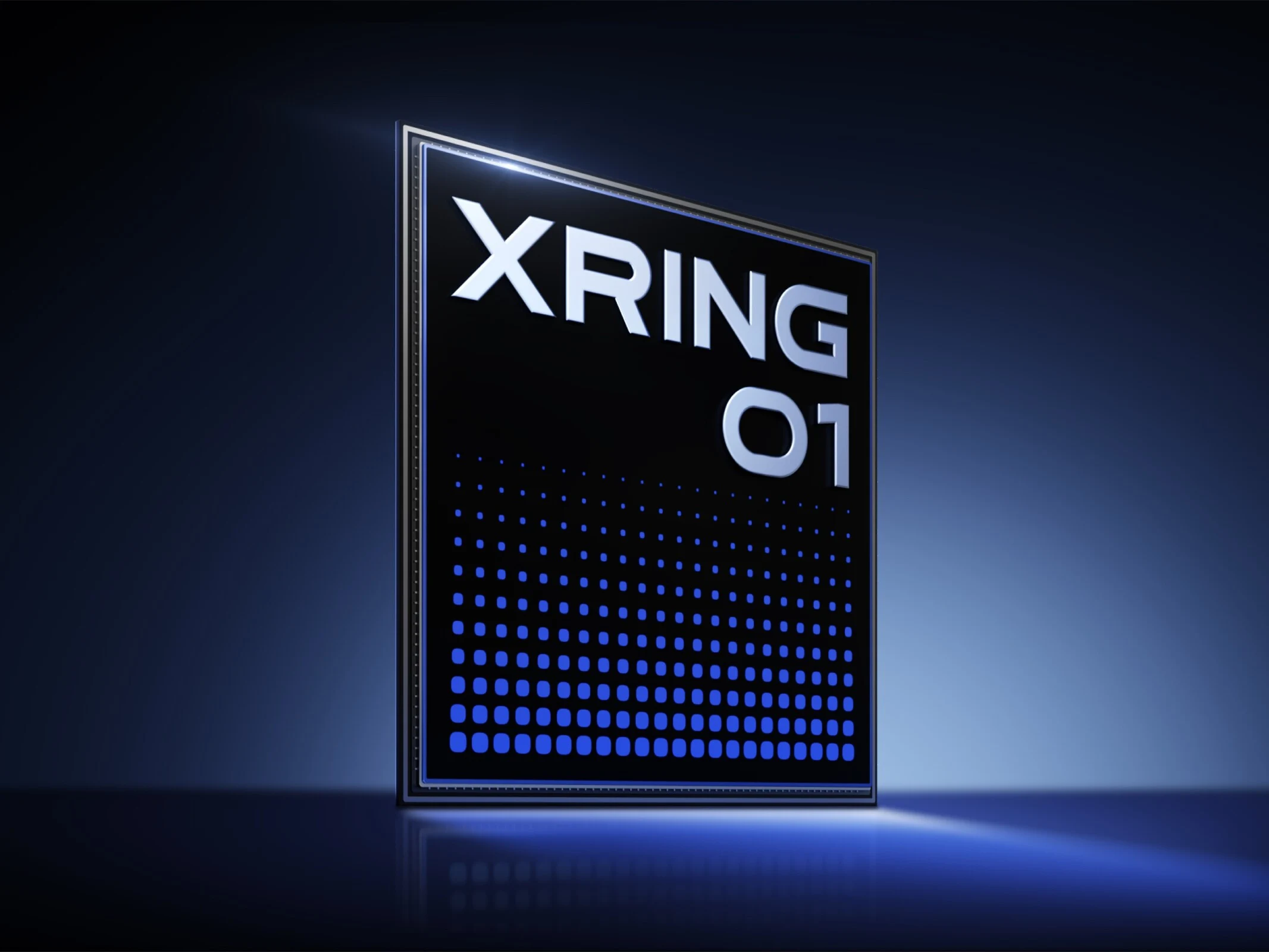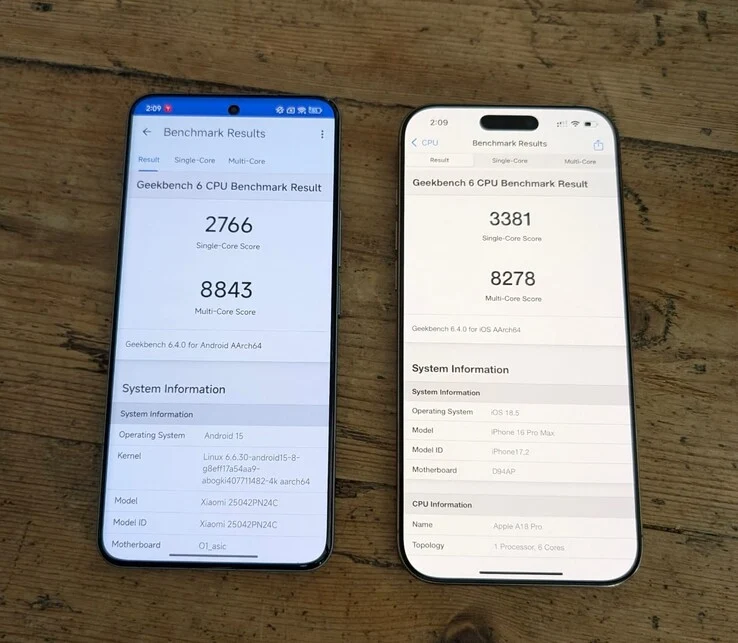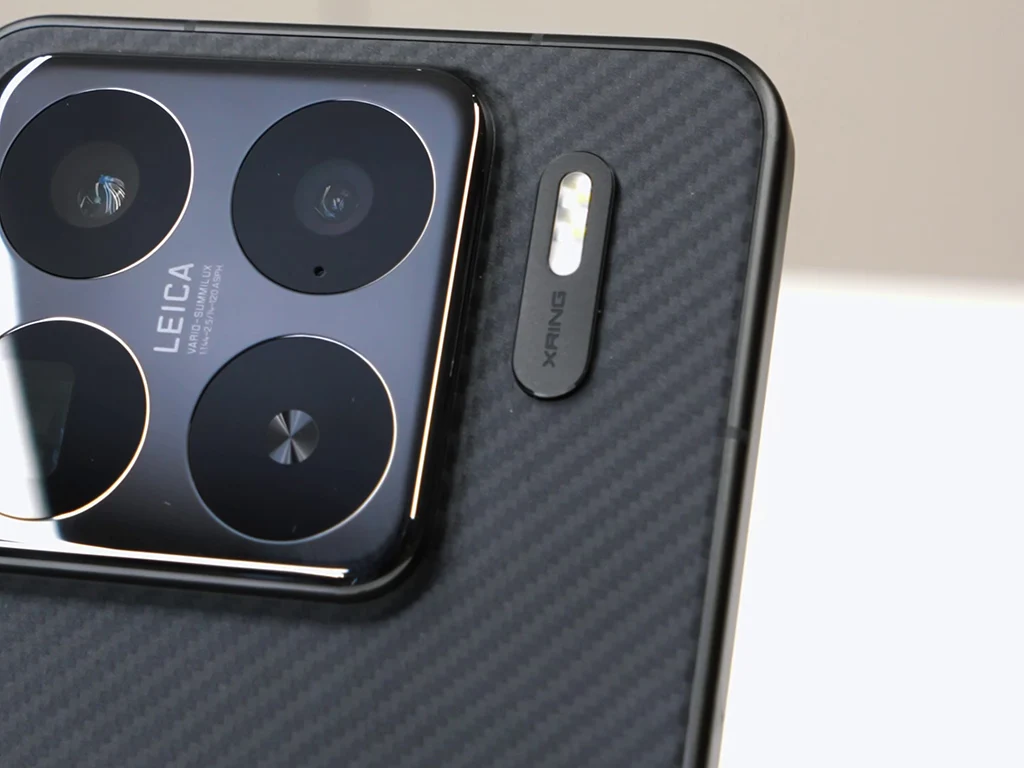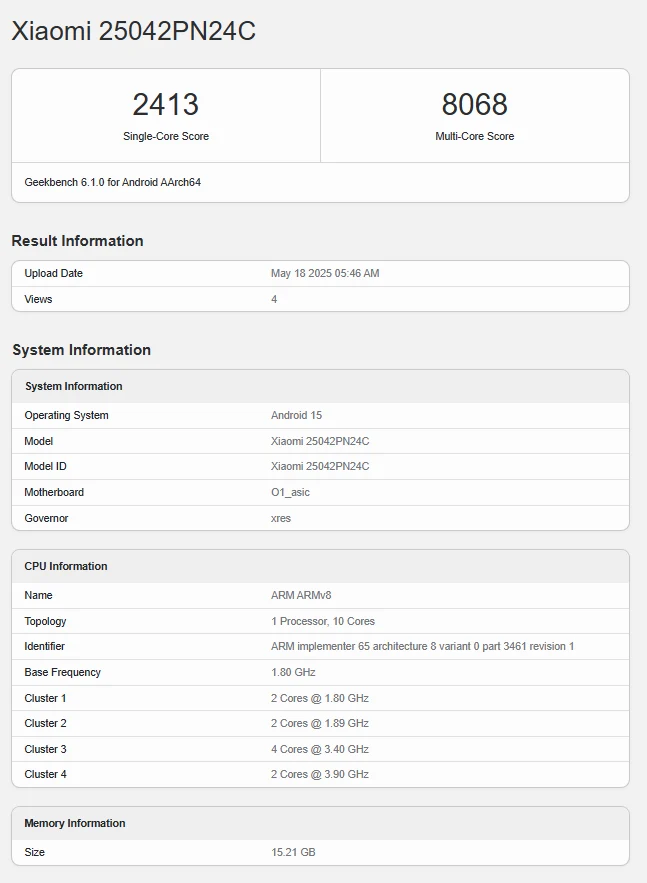Key Takeaways
1. Xiaomi launched its first in-house flagship chipset, XRing O1, featured in the Xiaomi 15S Pro and Xiaomi Pad 7 Ultra.
2. The XRing O1 demonstrates strong CPU performance, scoring 3,039 in single-core and 9,458 in multi-core tests on Geekbench 6.
3. In AnTuTu benchmarks, the XRing O1 scores 632,832, competing closely with Snapdragon 8 Elite and Dimensity 9400.
4. The GPU performance of the XRing O1, featuring Immortalis-G925 MC12, lags behind competitors, scoring 1,031,655 on AnTuTu.
5. The XRing O1 is likely limited to the Chinese market, with no plans for a global launch of the Xiaomi 15S Pro or Xiaomi Pad 7 Ultra.
Xiaomi has unveiled its first flagship in-house chipset, named XRing O1, just last month. This chipset made its first appearance in the Xiaomi 15S Pro and Xiaomi Pad 7 Ultra in China. Currently, Fat Wei is conducting various hands-on benchmark tests for the Xiaomi 15S Pro, sharing the results on Weibo.
Impressive CPU Performance
When it comes to CPU performance, the Xiaomi 15S Pro paired with the XRing O1 achieves impressive scores of 3,039 in single-core and 9,458 in multi-core tests on Geekbench 6. Additionally, in AnTuTu benchmarks, the duo scores 632,832. These figures indicate that Xiaomi’s XRing O1 competes closely with the Dimensity 9400 and Snapdragon 8 Elite in terms of CPU capabilities and even exceeds the average performance of both chipsets.
GPU Performance Lags Behind
On the GPU side, however, the XRing O1 doesn’t perform quite as well. The Xiaomi 15S Pro features the Immortalis-G925 MC12 GPU, which scores 2,456 in 3DMark’s Steel Nomad Light and a GPU score of 1,031,655 on AnTuTu. These results fall short of the Snapdragon 8 Elite and Dimensity 9400. For instance, the Snapdragon 8 Elite achieves around 1,150,000 in AnTuTu’s GPU test and can reach a score of 2,584 in the Steel Nomad Light test, as demonstrated by the Oppo Find X8 Ultra.
Limited Global Availability
Clearly, the XRing O1 is a true flagship chipset—it competes well with the Snapdragon 8 Elite and Dimensity 9400 without being significantly outperformed. Sadly, it seems that the XRing O1 will probably not be available outside of China. If someone wants to experience this chipset, their best option would be to import the Xiaomi 15S Pro or Xiaomi Pad 7 Ultra, as neither device is currently planned for a global launch.
Source:
Link
